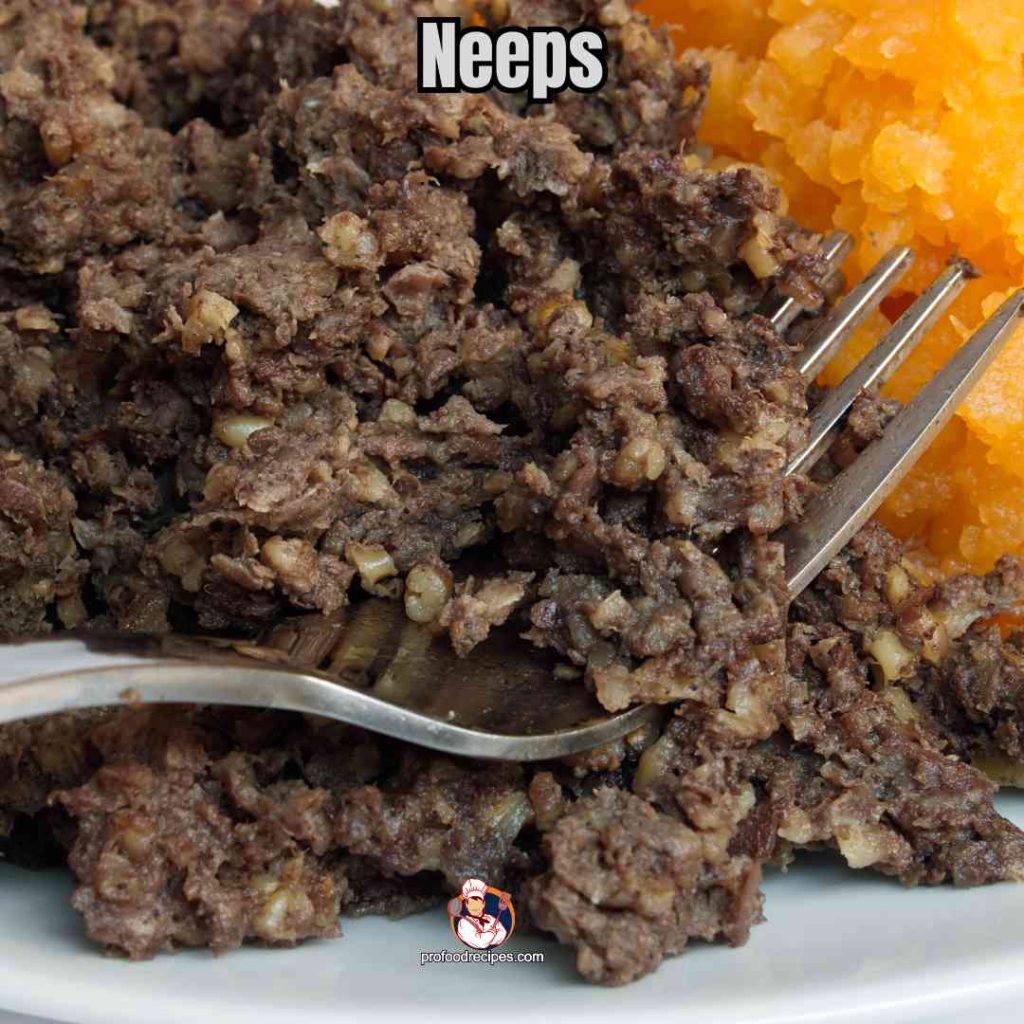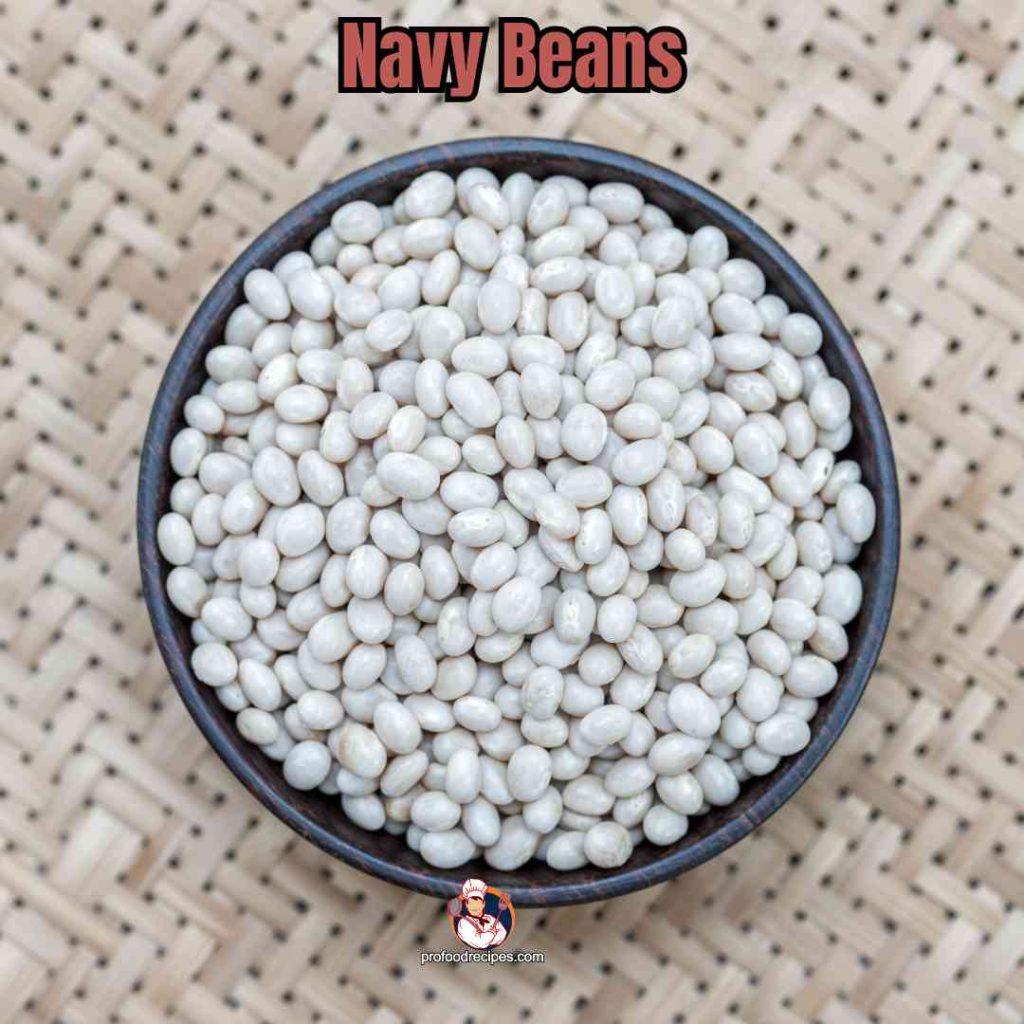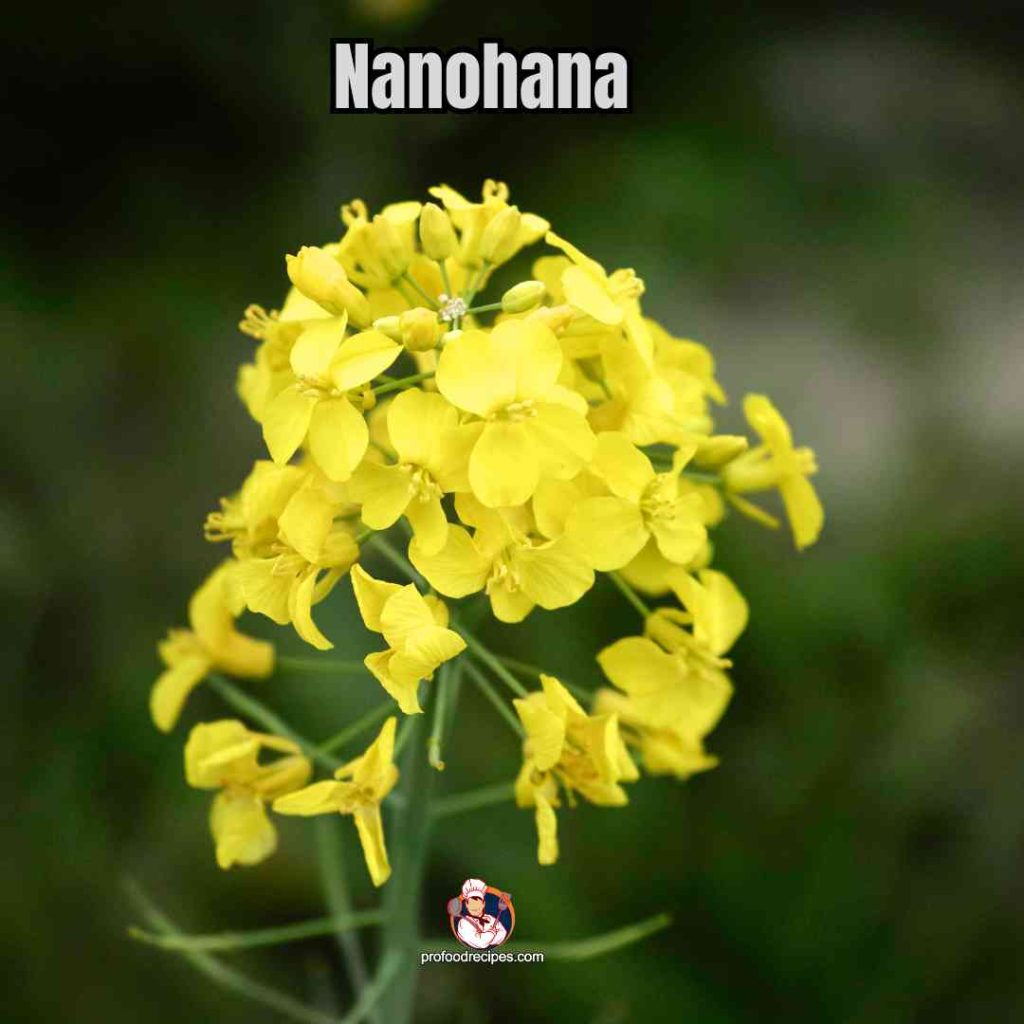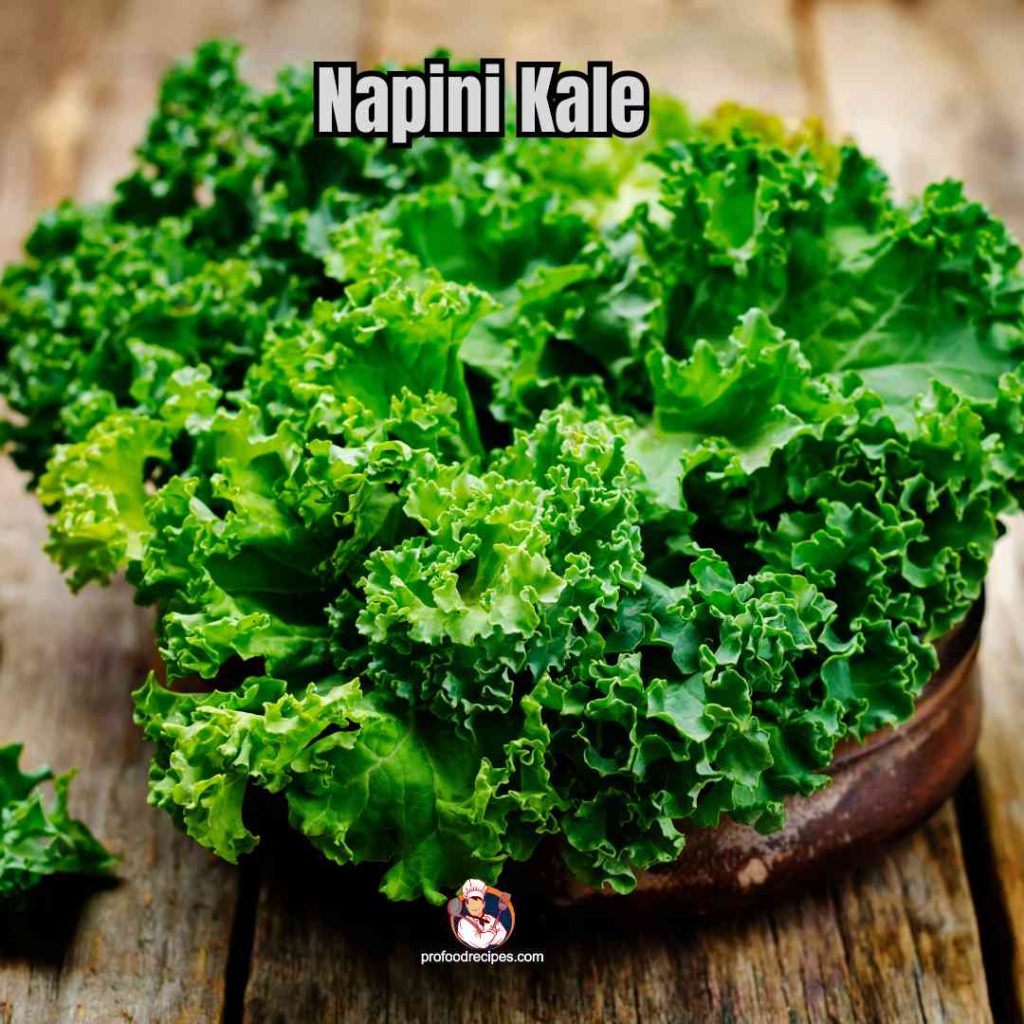Last Updated on February 27, 2024 by Amanda P. Brown
There are numerous options available when it comes to nutritious and delicious vegetables. Let’s take a look at some Veggies that start with n. Napa cabbage, Nori, Negi, Nanohana, and Nasturtium are nutritious vegetables starting with the letter n.
For a more in-depth look, let’s explore the world of veggies, beginning with the letter “n,” and find new ways to include them in your meals for a nutritious and tasty diet in this article.
23 Veggies That Start With N
Table of Contents
- Nopales
- Napa Cabbage
- Nori
- Neeps
- Nettle
- Navy Beans
- Negi
- New Zealand Spinach
- Nasturtium
- Nanohana
- Norland Potato
- New Potato
- Nagaimo Potato
- Napoli Tomatoes
- Naga Chilli
- Napini Kale
- Neem
- Nigella (Also Called Black Onion Seed)
- Nozawana
- Njahi (Dolichos Lablab)
- Nopalitos
- Nubia Eggplant
- Navet

1. Nopales

Nopales, or prickly pear or cactus pads, are a common and nutritious component in Mexican cooking. Salads, tacos, and other classic foods often incorporate these. The crisp texture and distinctively sour flavor of nopales make them a great complement to savory and spicy foods.
In addition to being a good source of antioxidants, vitamins, and minerals, they may also aid digestion, control blood sugar, and boost overall health.
2. Napa Cabbage

The leafy green vegetable napa cabbage is a staple in many Asian dishes. Other names for it include wong bok and Chinese cabbage. Fermented foods like kimchi, stir-fries, and soups often include napa cabbage. The leaves are gentler and less spicy than regular cabbage.
Napa cabbage is well-known for its nutritional value because it contains several antioxidants, vitamins A and C, fiber, and other nutrients.
3. Nori

In Japanese cooking, especially when making sushi, nori—a kind of edible seaweed—is a staple ingredient. The characteristic flavor of these sheets is rich in umami and has a subtle sweetness; they are usually a dark green or even black tint. Aside from sushi, nori can be crumbled and added to rice dishes, soups, salads, and other meals to bring out their oceanic flavors.
It has a lot of fibre, vitamins, and minerals. In addition, it contains essential minerals like vitamin B12, iodine, and omega-3 fatty acids.
4. Neeps

Turnips are called “neeps” in Scotland and certain portions of Northern England. Turnips are cylindrical or round-shaped root vegetables, usually purple or white on the outside.
“Neeps” in this context are mashed turnips, while “tatties” refer to mashed potatoes. The neeps are usually prepared by boiling or steaming the turnips and then mashing them with butter and seasoning.
5. Nettle

Nettles can be used in soups, stews, and teas and as a recipe alternative for spinach because they have a flavor close to that of spinach.
Traditional medicine has utilized nettle because of its possible health advantages. It may be used to reduce the symptoms of ailments like allergies or arthritis because it is thought to have anti-inflammatory qualities. You can get your iron, protein, and vitamin A and C from nettle leaves.
6. Navy Beans

Navy beans, sometimes called haricot beans, are common and adaptable white beans that are petite and oval. Common uses for navy beans include soups, stews, casseroles, and salad dressings. They are an essential component of traditional dishes like baked beans.
They aid vegetarians and those who follow plant-based diets in maintaining a healthy digestive system due to their high fibre content.
7. Negi

A long green onion, often called a scallion, is referred to as “negi” and is frequently used in Japanese cooking. A staple of Japanese cooking, Negi can be found in soups, stews, stir-fries, and as a garnish for sashimi and sushi.
8. New Zealand Spinach

Vegetables that start with n, such as New Zealand spinach, formally known as Tetragonia tetragonioides, originate in the Southern Hemisphere and are endemic to countries like New Zealand and Australia.
Salads, stir-fries, and other prepared foods frequently incorporate this spinach substitute. Its strong nature makes it suitable for both raw and cooked consumption, and it resists heat well.
New Zealand spinach, like regular spinach, is an excellent source of vitamin A, vitamin C, iron, and potassium. You can also get a lot of water from its succulent leaves.
9. Nasturtium

The nasturtium is famous for its round leaves and bright, trumpet-shaped flowers. You can use the leaves and the flowers in your cooking to give salads and sandwiches a peppery, slightly spicy taste. The flowers are often used as a garnish, bringing a burst of color and a hint of spiciness to the plate.
Read More: Veggies That Start With M
10. Nanohana

A popular vegetable starting with n in Japanese cooking, nanohana is also called broccoli rabe or rapeseed flowers in English. Salads, stir-fries, and pickled foods commonly use nanohana in Japanese cooking. Tempura also often calls for it.
Nanohana is an excellent complement to a healthy diet because it is calorie- and vitamin-rich while being relatively low in calories. It is a healthy supplement to meals since it delivers nutritional fiber and minerals.
11. Norland Potato

Norland is a red-skinned potato with white flesh and belongs to the Solanum tuberosum species. You can boil, mash, roast, or toss them in a salad. The Norland potato’s waxy texture makes it ideal for various cooking methods because it keeps its shape during cooking.
12. New Potato

“New potatoes” are potatoes that have not yet reached complete maturity and are, therefore, very young when picked. Minimal processing brings out the best in new potatoes, bringing out their natural flavor and texture. Butter and fresh herbs go great with them when they’re cooked or roasted.
Essential elements like vitamins (especially vitamin C), minerals, and fiber are found in new potatoes. Just like with full-grown potatoes, the exact composition of nutrients might differ from one type to another.
13. Nagaimo Potato

Nagaimo has a long, cylindrical shape with rough, brownish skin and creamy white flesh. The outer skin is typically peeled before consumption. Many people eat raw nagaimo, making a sticky paste from the grated vegetable. In Japan, this paste is used in many cuisines, like okonomiyaki (savory pancakes) and tororo soba (buckwheat noodles with shredded yam).
Aside from boiling and steaming, stir-frying is another method of cooking it. When cooked, it becomes slightly sweeter and more starchy.
14. Napoli Tomatoes

An outstanding variety of brilliant red Italian paste, the Napoli Tomato is great for various uses, including slicing, freezing, canning, and creating sauces, soups, and pastes. One more way to cook it beyond boiling or steaming is stir-frying. As it cooks, it takes on a little sweeter and starchier flavor.
15. Naga Chilli

The Naga Chilli sometimes called the Ghost Pepper, is among the world’s spiciest chili peppers. Many hot sauces and spicy condiments use Naga Chilli as an ingredient. These chili are known for delivering intense heat to dishes. Also, naga Chilli is used sparingly to add heat to various dishes. It’s an essential component in some traditional Indian cuisines.
16. Napini Kale

The blossoms, buds, and leaves of the “bolting” kale plant are called napini. Called kale raab as well. Many kinds of kale can turn into napping, but the most popular ones are the gentler Russo-Siberian kale (Brassica napus) compared to the more robust European kale (Brassica oleracea).
Napini kale can be used in any recipe instead of broccolini or broccoli rabe. One of the best ways to enjoy napini kale rabe is to sauté it with garlic and butter, then throw it in a simple lemon balsamic vinaigrette.
17. Neem

Neem is a plant that is well known for its medicinal qualities. Ayurvedic medicine has used neem leaves, bark, seeds, and oil, among other tree elements, for ages.
The antibacterial, antiviral, and antifungal qualities of neem are derived from its bitter-tasting leaves, which are abundant in Nimbin, nimbidin, and azadirachtin. Neem leaves are frequently used to make neem tea or as an ingredient in herbal medicines for various ailments, including skin and digestive disorders.
18. Nigella (also called black onion seed)

The tiny, dark seeds of the Nigella sativa plant are called Nigella, black cumin, or black onion seeds. Nigella seeds are an everyday kitchen staple. Many foods, such as lentil dishes, bread, vegetable preparations, and curries, typically include them.
Read More: Snacks That Start With the Letter N
19. Nozawana

Nozawana is a type of pickled turnip green that originates in Japanese cuisine. Nozawana is often used as a condiment or side dish in Japanese cuisine. Its bold flavor makes it a popular accompaniment to rice, contrasting the grain’s simplicity.
20. Njahi (Dolichos Lablab)

East African countries like Kenya and Ethiopia are major legume njahi producers, also called Dolichos lablab. Some East African cultures, including the Kikuyu of Kenya, rely on njahi as a main source of nutrition.
Many different methods are known for cooking najahi seeds. You can boil, steam, or stew them. They are sometimes used as a component in traditional meals or pounded into flour to make porridge.
21. Nopalitos

Nopalitos are the edible young pads or stems of the prickly pear cactus (Opuntia spp.), commonly known as nopales. Mexican and Tex-Mex recipes frequently call for this classic ingredient. Some common recipes for nopalitos are omelets, tacos, salsas, salads, and tacos. Also, they go well with stews, soups, and side dishes.
22. Nubia Eggplant

The distinctive and tasty Nubia Eggplant, sometimes called African Eggplant or Solanum aethiopicum, is a staple in many African dishes. Round in shape and a brilliant shade of purple, this eggplant variety is smaller than usual.
A versatile item, Nubia Eggplant lends itself to several cuisines with its slightly bitter and slightly sweet flavor. To enhance the flavor of stews and curries, try grilling, roasting, sautéing, or adding it.
23. Navet

Navet, also known as the white turnip or the French turnip, is a root vegetable that belongs to the Brassicaceae family. Soups, stews, and salads are some French meals that frequently incorporate navet.
In addition to going well with various cooking methods, it complements many other herbs and spices. Due to its low-calorie count, high fiber content, and abundance of vitamins and minerals, navel is tasty and very healthy.
The strong antioxidant content of navet is one of its advantages; it can help protect the body from inflammation and oxidative stress.
Final Verdict
As we delve into these veggies that start with n, we recognize their varied uses in cuisine and the health advantages they provide. From the spicy nopalitos to the hearty Norland potato, every vegetable calls us to indulge in the world’s culinary diversity.
You May Also Like to Read:
- Fruits That Start With A
- Vegetables Start With B
- Foods That Start With D
- Desserts That Start With E
- Foods That Start With G
- Foods That Start With H
- Vegetables That Start With K
- Vegetables That Start With L
- Foods That Start With O
- Food That Start With P
- Food That Start With R
- Fruits That Start With T
- Junk Food That Starts With U
- Fruit Begins With V
- Foods That Start With W
- Foods That Start With X
- Foods That Start With Y
- Food That Start With Z
